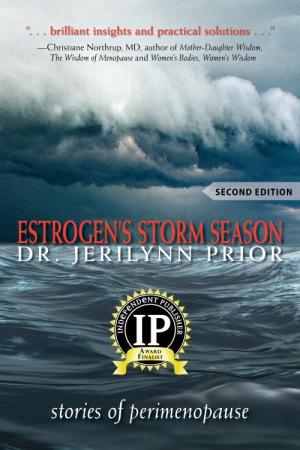Bone Health: As Simple as ABC!
Perimenopause, the time of change before, and a year after the final menstrual period, is also a time of increased risk for falling, bone loss and occasionally, for fractures. Bone loss is more rapid from the start of irregular flow until a year after the final period compared to the first years of menopause.
Below are the many practical things you can do (with the help of your health care provider) to prevent or treat osteoporosis, the problem of weak or fragile bones. Bone health is influenced by how we live our lives.
“A” Is For “Active”
Bones gain strength through forces from muscle work or gravity. Early in perimenopause, when flow is still regular, exercise will likely increase bone strength. Later when periods become irregular, it will help reduce bone loss. Either way, exercise is good for whole body and mind health. Therefore, aim for at least half an hour of something like walking every day. Harder aerobic exercise will help control weight and may also improve heart health.
“B” Is For “Brawny”
Weight gain, no matter how much we abhor it, is normal in midlife and protective for bones. Thinner women lose bone more rapidly in perimenopause. Muscle weight, in particular, is good for bone strength. Don't try to lose weight since that is nearly impossible during perimenopause—the goal is to prevent gain.
Calcium is not only a building block for bone but also can decrease perimenopausal bone loss. Women at risk for bone loss (which means all perimenopausal women with irregular flow) need at least 1200 mg of elemental calcium each day. Each high calcium food (one cup [250 ml] milk and other supplemented beverages, ¾ cup yogurt or a hunk of cheese) contains 300 mg of calcium. Calcium is not well stored therefore it needs to taken with each meal and at bedtime. If needing supplements, take 500 mg of calcium at bedtime since it decreases bone loss that occurs overnight. Up to 2,000-2,500 mg/d of total food plus supplemental calcium is safe.
Vitamin D is needed to absorb calcium, for muscle function and for general health. Canadians can make Vitamin D through sunlight exposure on our (sunscreen-less) skin but only in the late spring, early fall or summer sun. But sun and the rare foods containing D don't give enough Vitamin D. Everyone needs at least 600 IU a day. Taking supplemental Vitamin D is a safe way to aid bone health during perimenopause. You can safely take as much as 4,000 IU of Vitamin D a day. A multiple vitamin gives 400 IU and you can add 1-3 1000-IU Vitamin D pills to that. You can't overdose from sun-derived Vitamin D--take it all year.
“E” Is For “Easy-Going”
Does feeling good about your body and your value as a person improve bone health? Yes! High stress hormones, such as cortisol, cause bone loss. Perimenopause is a time of major social and physical life change. Anything we can do to decrease the inevitable stresses we feel with our changing cycles, bodies and place in society (a walk, yoga, relaxation, a good sleep) will help bones!
Bone balance requires new bone formation by osteoblast cells. In perimenopause with its higher but wider-swinging estrogen levels, bone loss is increased. However, perimenopausal bone formation is also decreased because of lower progesterone levels (from less frequent or less normal ovulation). If bone density is already low (£ 2.0 Z score), a close relative or you have had a low trauma fracture, then cyclic progesterone therapy will help right the bone remodeling balance (See Cyclic Progesterone Therapy handout.)
“G” And “H” Are For “Good Habits”
That means regular meals and sleep and drinking no more than two caffeine-containing drinks a day (which cause urine calcium loss). Avoid smoking because cigarettes, in addition to being addicting and associated with more night sweats, cause estrogen loss and bone loss. If choosing to drink alcohol, have no more than one drink (beer or 4 oz glass of wine) a day—more alcohol increases risks for breaking bones.
Because bone loss begins with irregular cycles in perimenopause, a woman who has fractured a bone may be offered menopausal-type osteoporosis therapy. Avoid estrogen or oral contraceptives (your levels are still high) but consider nasal calcitonin or etidronate (a weak bisphosphonate) plus cyclic progesterone therapy.
JC Prior 2013, reviewed by CM Hohl MD, 9/2013
Download this article in PDF format. You will need the free Adobe Acrobat Reader in order to read and print a PDF version of this handout. If you don't already have the program, you can download it for free here.


